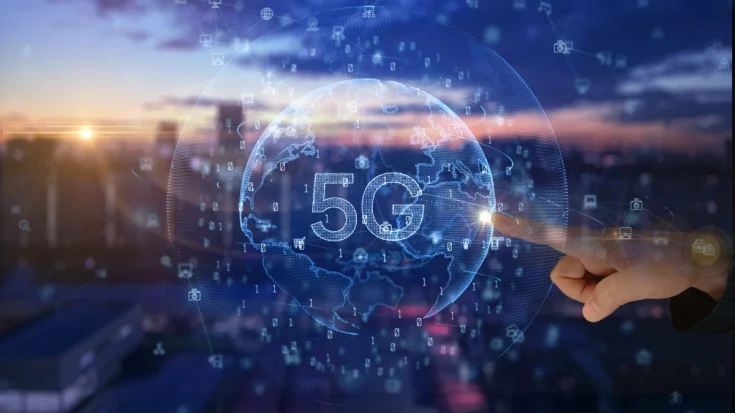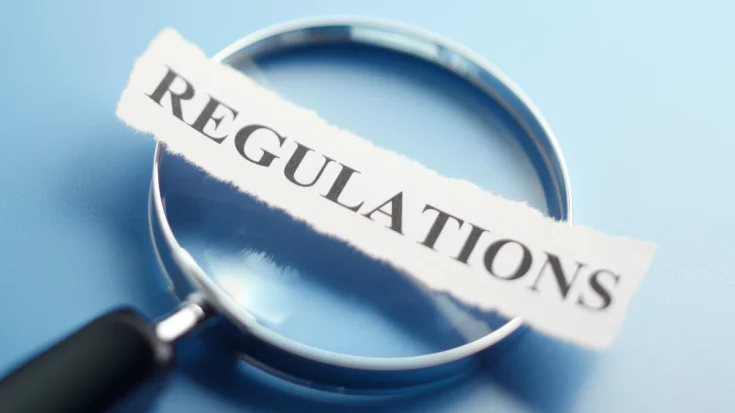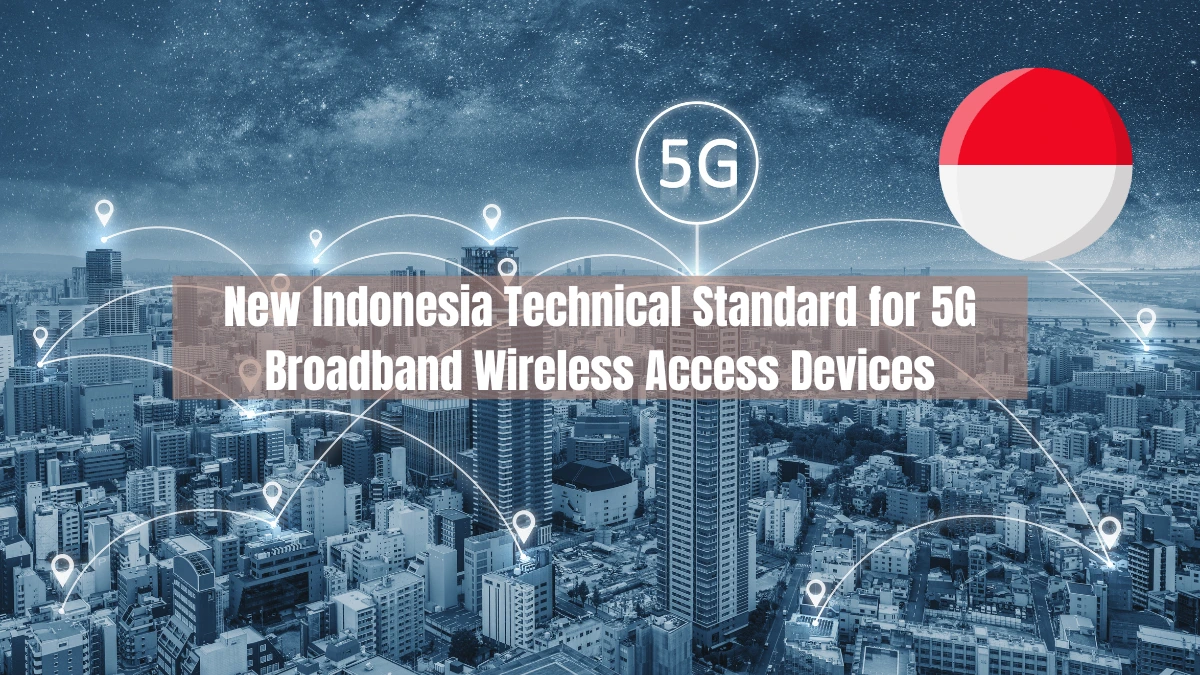The Ministry of Communications and Informatics (KOMDIGI) has issued Ministerial Decree No. 204 of 2025 regarding new Indonesia technical standard for 5G devices operating under the International Mobile Telecommunications-2020 (IMT-2020) framework.
This regulation regarding new Indonesia technical standard for 5G devices applies to subscribers and base station devices used for Broadband Wireless Access (BWA).
New Indonesia technical standard for 5G devices are part of efforts to modernize the regulatory structure to support the deployment of next-generation networks.
Also Read
Table of Contents
Scope of Regulations related to the New Indonesia Technical Standard for 5G

The regulation of the new Indonesia technical standard for 5G BWA is, of course, inseparable from efforts to harmonize with international norms. Furthermore, this regulation aims to enhance the quality and security of wireless services nationwide.
This decision covers two main categories of 5G BWA devices:
- Subscriber Stations (SS): A radio access device on the user side, such as a 5G modem or router.
- Base Station (BS): Is a network core device that transmits 5G signals to the surrounding area.
5G BWA Testing Standard

Before it can be legally used or marketed, the device must meet some established technical requirements. Here are some of the standards that must be met:
Power Supply
SS devices must only use a wired power supply, either directly to the AC mains or via an AC/DC converter. The device must operate normally with a voltage of 220V ± 10% and a frequency of 50 Hz ± 2%. Regarding BS devices, the external power supply must not impact the device’s technical performance.
Electrical Safety
Both SS and BS devices must comply with national and international electrical safety standards, such as SNI IEC 62368-1:2014, SNI IEC 60950-1:2016, IEC 62368-1:2014 / IEC 60950-1:2005, or other relevant standards.
Electromagnetic Compatibility (EMC)
Devices should be classified into two categories: Fixed equipment (stationary devices) and Vehicular equipment (for vehicle-mounted BS).
With radiation emission and conduction requirements at AC, DC ports, and cable networks referring to SNI CISPR 32:2015, IEC CISPR 32, and ETSI EN 301 489-50/52 standards.
Non-Ionizing Radiation
The limits of non-ionizing radiation exposure values for SS and BS devices will be set in the next ministerial decree. For now, it continues to refer to the safety guidelines from ICNIRP (International Commission on Non-Ionizing Radiation Protection).
Radio Frequencies and Technical Specifications
The radio frequencies allowed for SS and BS devices refer to the following table:
| Frequency Band | Uplink (MHz) | Downlink (MHz) | Duplex Mode |
| n50 | 1432 MHz – 1517 MHz | TDD | |
That’s all the updated information about the new Indonesia technical standard for 5G BWA based on Ministerial Decree No. 204 of 2025.
This policy naturally impacts the approval of market access types and requirements, market surveillance, and technical standards.
If you find it difficult to arrange the testing process and the certification for the 5G products, just contact Dimulti as a great Type Approval Certification Services for ICT Products in Indonesia to help with your problem.
















